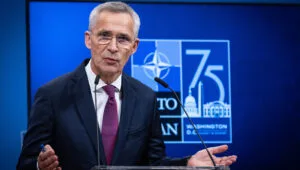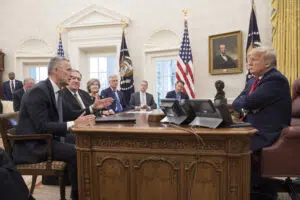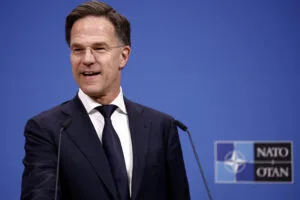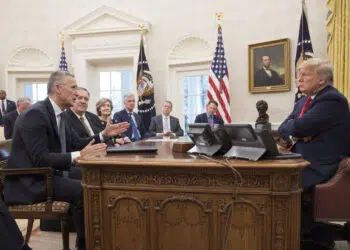Brussels – The NATO summit kicking off today (July 9) in Washington will likely go down in history. Even if there should be no “irreversible” decisions, it could mark a watershed for the Atlantic Alliance and relations between the United States and the other 31 allies. More importantly, it will be the last summit of Jens Stoltenberg, the Secretary-General who led NATO through a particularly turbulent period: from 2014 to the present, he has witnessed the troop withdrawal from Afghanistan and return to power of the Taliban, the low-intensity war in Ukraine’s Donbas to the Russian invasion of Ukraine and the subsequent two-and-a-half years of war, to the rising tensions between China and Taiwan in one of the world’s most delicate places for geopolitical balances among international powers.

Scheduled through Thursday (July 11), the 75th North Atlantic Treaty Organization Summit will count 32 members for the first time since Sweden’s entry in March. Once again, the President of Ukraine, Volodymyr Zelensky, will attend, just as in Vilnius last year. The Ukrainian issue will be one of the hottest for transatlantic allies, both for military aid and Kyiv’s future membership in NATO. With only a few hours before the summit, granting a membership application can be ruled out. The highest ambition is to give the green light to the adjective “irreversible” to define the path to future membership. It is unknown what that means in a scenario where neither the United States nor the major European powers are opening up to the request. However, the Ukrainian leader will seek answers in Washington.

On the arms delivery front, always on the agenda, is the 100 billion multi-year assistance program for five years, proposed in April by Secretary-General Stoltenberg and expected to be the most concrete commitment of the 32 allies for NATO to take direct responsibility for military assistance to Ukraine. This is the cornerstone of the resolve to make the Atlantic Alliance’s support for Kyiv future-proof, including through a new military command in Wiesbaden, Germany, responsible for coordinating operations to send aid and train Ukrainian soldiers. In concrete terms, this will mean that the responsibility will shift from the United States (whose Defense Department now leads the Ukrainian Defense Contact Group) to the whole of NATO, ensuring a future even if there is a political storm in Washington. The biggest risk is Donald Trump’s return to the White House after the November elections, which could call into question the US involvement in the organization and its funding and the protection of allies and relations with Vladimir Putin‘s Russia.

Stoltenberg’s last mission as Secretary-General will be to keep the heads of state and government of the 32 NATO member countries united before passing the baton to the former Dutch Prime Minister, Mark Rutte, who will succeed him starting October 1. Rutte was officially nominated on June 26 at the end of the North Atlantic Council meeting: “Leading this organization is a responsibility I do not take lightly. I am grateful to all allies for placing their trust in me,” were the first words of the future NATO Secretary General, in perfect continuity with Stoltenberg’s legacy: “He has provided exceptional leadership to NATO over the past 10 years and for whom I have always had great admiration.” In a future-proof Atlantic Alliance that could come out of Washington, Rutte’s promise is one that “will restore the cornerstone of our collective security,” even with the alignment of all allied countries to the minimum target of 2 percent defense spending of Gross Domestic Product.
English version by the Translation Service of Withub








